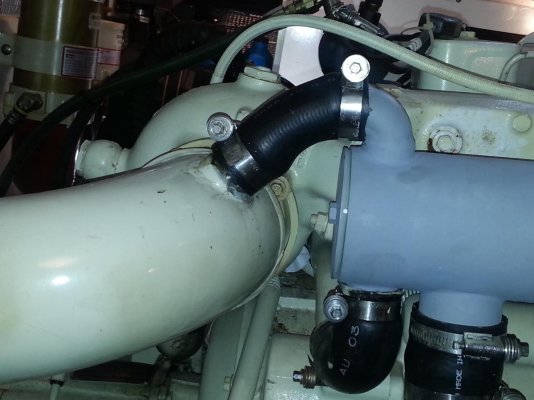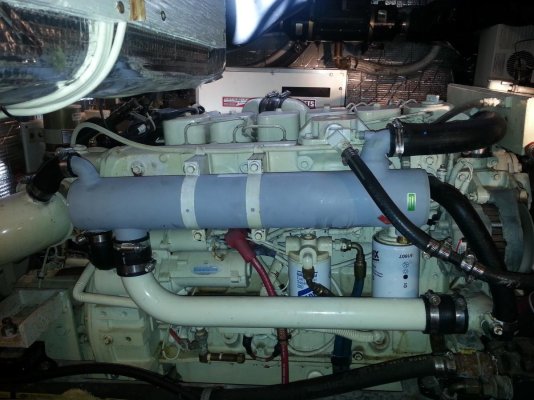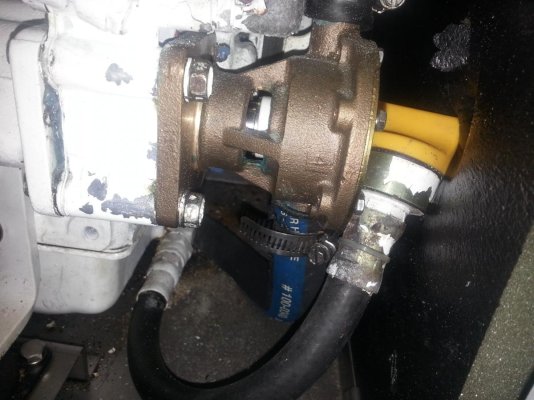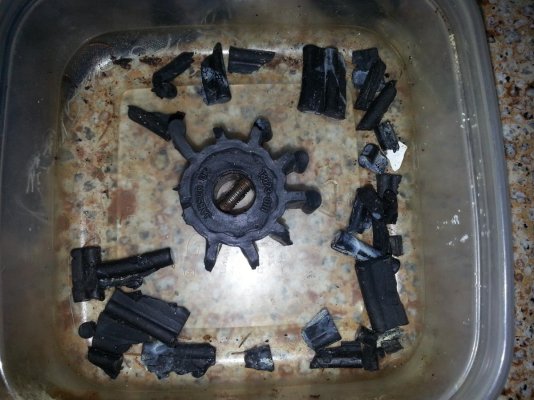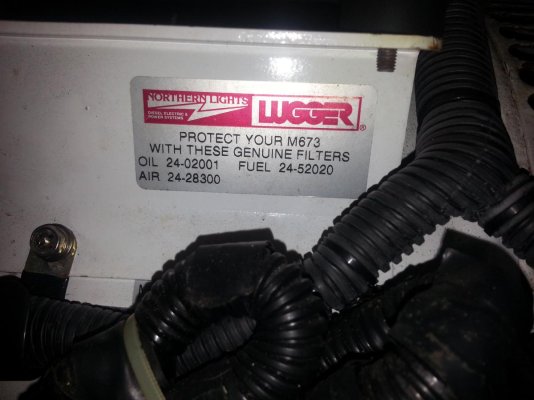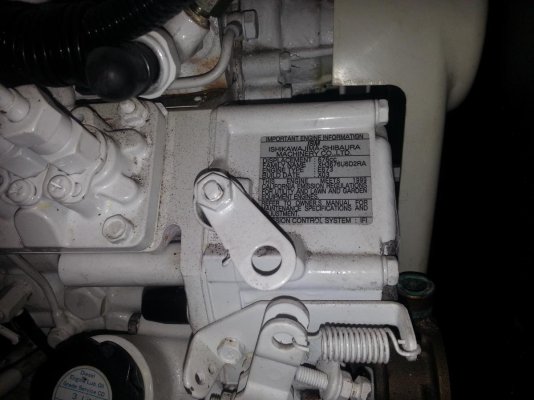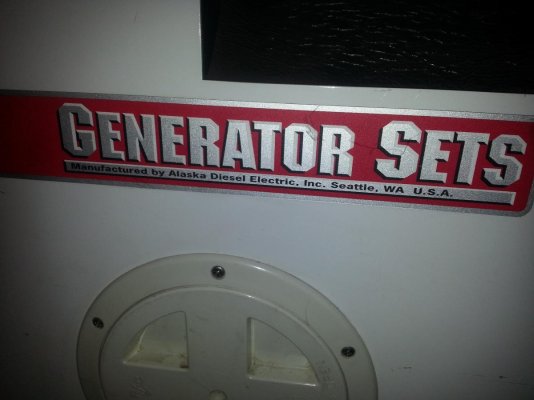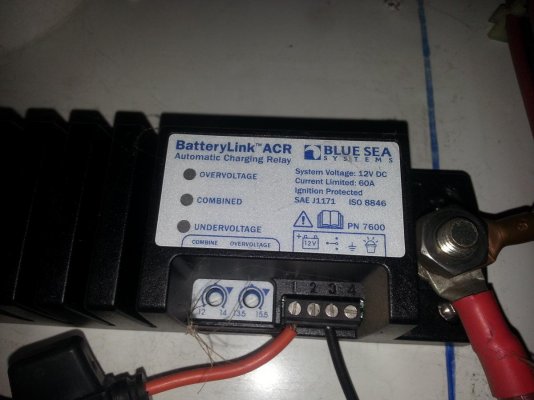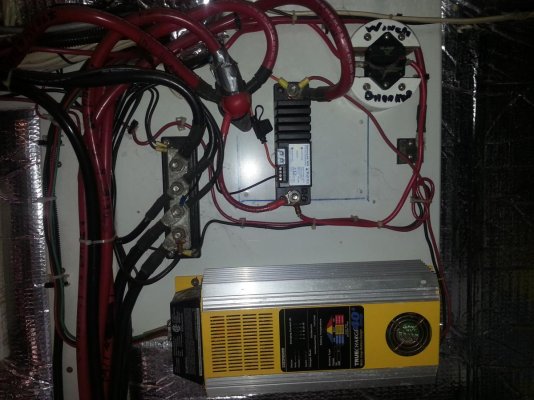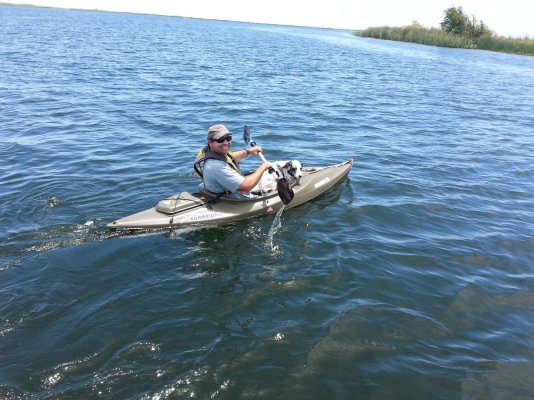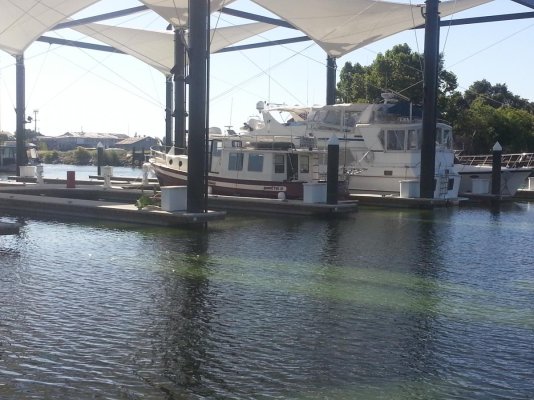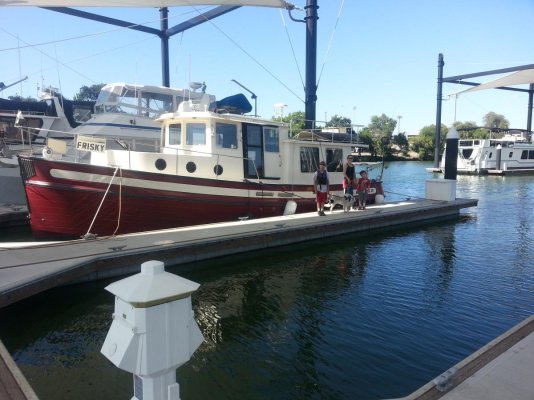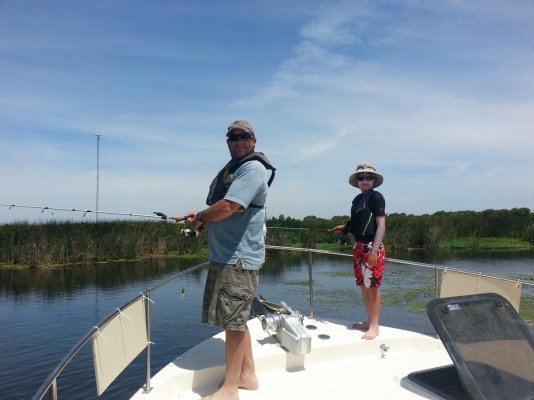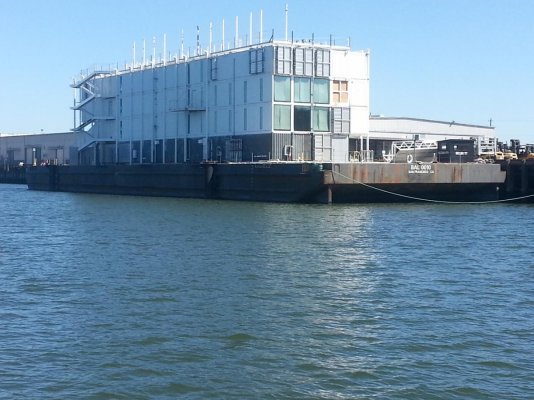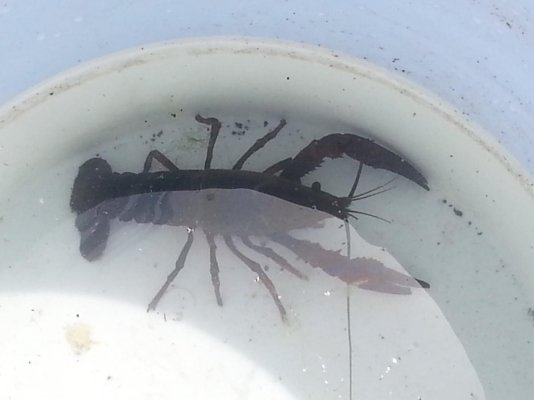bligh
Guru
More engine room work this weekend. I brought my father in law who is also mechanically inclined so we got a lot of work done.
I was on the HX side of the engine.
I was able to replace the heat exchanger with a new one. The old one was about 40 to 50 clogged and had an old anode in it from days past. The existing anode was only about 30% there as well. The new one fit perfectly and I was only missing 2 hoses. I used one of the old hoses as I know I can get the correct one this week. The last hose that didnt match needed a custom one that I was able to cut out from a stock hose at NAPA. It was the last raw water hose that connected to the exhaust. It turned out to be a pretty good match- better than the existing one.
Later that day I happened upon a (open) radiator shop while trying to recycle the old engine oil and dropped it off to have it cleaned and repainted. If it holds pressure, I'll keep it as a spare or put it on ebay.
We fired up the engine and it ran great. No leaks. I also replaced a few coolant hoses on that side of the motor as well as they were pretty tired looking after 2700 hours.
Im considering replacing the hoses that run all the way back to the water heater as well, but that is pretty far down on the list as of today.
I was on the HX side of the engine.
I was able to replace the heat exchanger with a new one. The old one was about 40 to 50 clogged and had an old anode in it from days past. The existing anode was only about 30% there as well. The new one fit perfectly and I was only missing 2 hoses. I used one of the old hoses as I know I can get the correct one this week. The last hose that didnt match needed a custom one that I was able to cut out from a stock hose at NAPA. It was the last raw water hose that connected to the exhaust. It turned out to be a pretty good match- better than the existing one.
Later that day I happened upon a (open) radiator shop while trying to recycle the old engine oil and dropped it off to have it cleaned and repainted. If it holds pressure, I'll keep it as a spare or put it on ebay.
We fired up the engine and it ran great. No leaks. I also replaced a few coolant hoses on that side of the motor as well as they were pretty tired looking after 2700 hours.
Im considering replacing the hoses that run all the way back to the water heater as well, but that is pretty far down on the list as of today.

